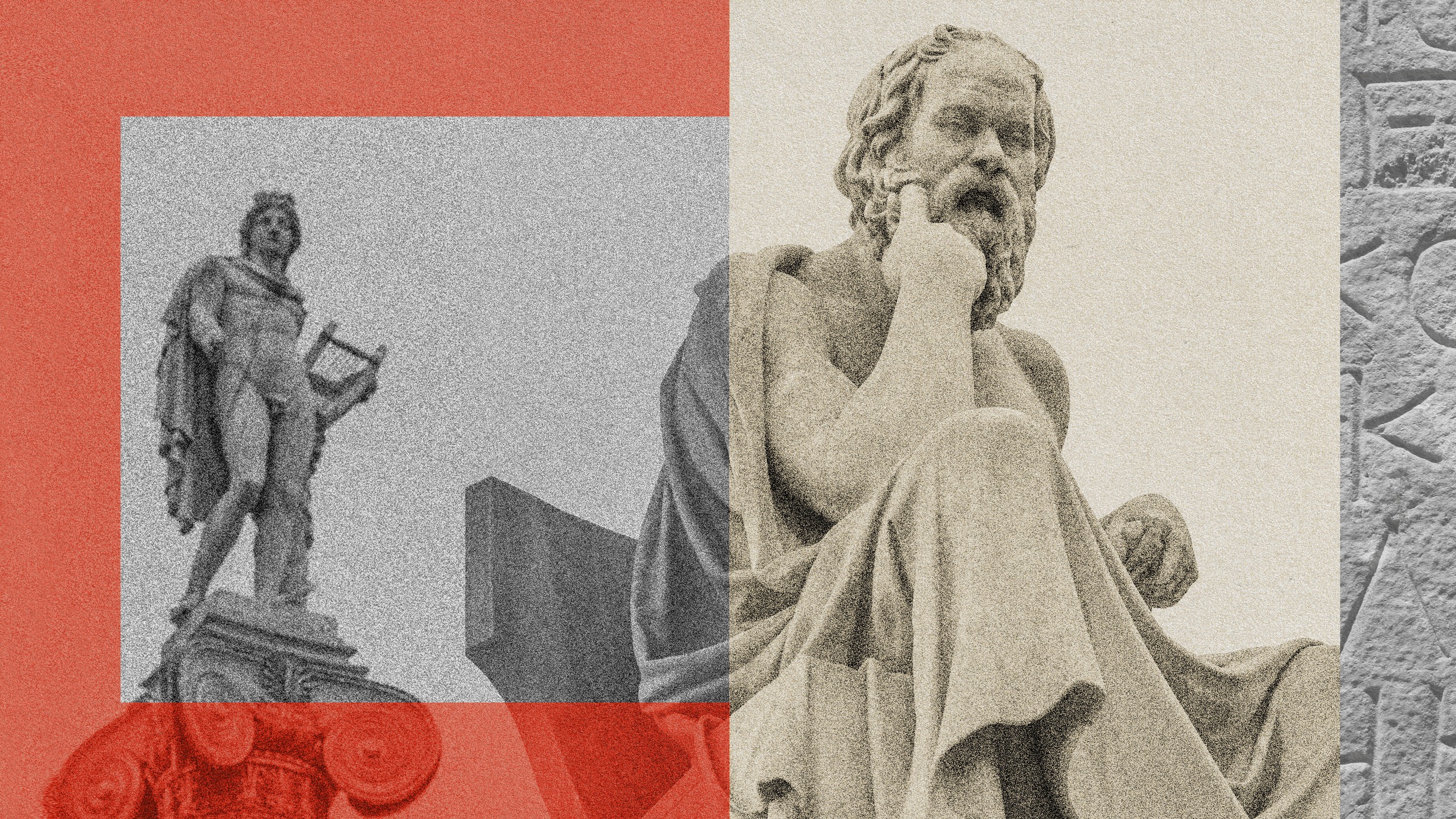Science and religion have a complicated history. Scientists cannot quantify God—God is pretty difficult to bring into the laboratory, quips Rabbi Darren Levine—but what they can study and measure is the effect of faith on people’s well-being and life satisfaction. When religious wisdom is taught and enacted well, it focuses on ideals like deepening relationships with family and friends, personal responsibility, and making a positive impact in the world. Levine is a proponent of positive Judaism, which merges key characteristics of positive psychology with practices of reformed Judaism. The field of psychology is often mired in humanity’s flaws, but positive psychology is a movement that aims to study people’s strengths rather than their weaknesses. The same shift can be true for religion, and nurtured by the power of community. Rabbi Levine sums it up in five letters: PERMA, which stand for positive emotion, engagement, relationships, meaning, and accomplishment. Together, those five pillars can foster greater happiness and health.
Darren Levine: Ideas of the science of religion are complicated. God is difficult to bring into the laboratory, and it is very hard to quantify the sacred, but science is beginning to ask questions about the results or the consequences of participating in religious life. Questions like: does participating in a religious community, does having faith in God, does engaging in a process of building a relationship with the divine, do those questions add positivity to people’s lives?
And the research is conclusive, and the research shows that yes, a person who participates in a faith community, who has a relationship with God, and who is on a quest for purpose, that their lives are better and that they do scale higher in the tests of well-being and happiness.
Does that mean it is because as they engage in a process of discovering their faith and deepening their relationship with the God that it is reciprocated on high? I don’t know; that it is very hard to quantify. But what we do know is that people who participate actively in faith community, they have a higher standard of health and that might be because within religious communities, in the best-case scenario, the teachings and the wisdom and the practices are about things like family, personal responsibility, making a positive impact in the world, helping others, deepening relationships; and all of those practices do add a positive value to a person’s life. And so the reactions or the consequences for participating in a faith community do add positive value and well-being and life satisfaction to people’s lives.
Positive psychology got its start from the awareness that the field was focused too much on people’s weaknesses and not their strengths, and so Martin Seligman and Chris Peterson worked to shift the way psychology is practiced, rather than think of someone and their problems we think of someone and their strengths, and we try to develop of those strengths, try to see the best in people. Everybody has signature strengths, and we want to focus and help them develop those and in developing those it helps to shore-up some of their weaknesses.
In a communal setting, expanding on the inventory, we try to apply the same characteristics that are articulated for individuals but we try to put them into practice in a communal setting. And in a community setting is where Judaism lends itself beautifully to applying the inventory of strengths and characteristics.
So the intersection of where positive psychology and the science of happiness intersect with positive religion and positive Judaism really live at the intersection of PERMA. PERMA is an acronym, which stands for positive emotion, engagement, relationships, meaning, and accomplishment. So let’s take each of these five domains and see them in the context of religious practice. So we’ll start with P, positive emotion.
In a best-case scenario you think about a sanctuary or an amphitheater setting where faith communities gather, and there are messages of hope, there are soothing melodies, there’s good music, there’s fellowship, and all of those combined together are designed to raise the positive emotion in someone’s life.
And I can tell you that when I travel I go to different churches, synagogues, mosques—over the summer I was in Iceland and I went to a Episcopal church in Reykjavík where the entire ceremony was spoken in Icelandic and I didn’t understand a word, but over the course of an hour and a half I felt my energy level shift and I walked out of that chapel feeling more positive, and it has to do with the environment. So positive emotions are raised by participating in faith community.
Next, engagement. Well the best religions are about helping people to engage in the world and engagement happens in engaging in relationships, engaging in study, engaging in work, engaging in the process hopefully of making our world a better place. Those tend to be key themes in religious life, and engagement has been shown to add positive value to a person’s life.
Next, relationships. Well, relationships are at the heart of most faith communities. It is about bringing people together. It is about caring for people. It is about having relationships with fellow congregants, clergy, educators and relationship with text and relationship with God. Those are all elements of relationships that add value to a person’s life when they’re expressed in authentic ways.
Then we have meaning. So many people are in search of meaning in the 21st century and wisdom and literature that comes from the great religions are all designed to help people discover the meaning and the purpose in their lives.
And finally, accomplishment. Accomplishment is one of the core teachings that come out of good religious practices. The accomplishment of making the world a better place, now that is a core teaching in Judaism—the idea of Tikkun Olam, repairing the world and making it a better place, and having that as a goal to accomplish both for individuals and as a collective religious community—all that combined together in PERMA seems to be the perfect application of this theory of positive psychology. And religious settings, I believe, are that perfect application, that perfect place to see and to live the theory of PERMA and positive psychology.
Now there’s more than just PERMA in positive Judaism and positive religion, there’s also a studied set of characteristics and strengths that come directly from the work of Martin Seligman and Chris Peterson, who in the 1990s developed an inventory of strengths. There have been some changes to this inventory, but in a nutshell it has codified 24 different personality strengths like gratitude, resilience, hope, optimism, bravery, spirituality, goodness, kindness, and others. And the idea is that each person has signature strengths, but understood in the context of the larger inventory people can see where they fit into the scale and can attempt to develop other areas of strengths to help improve the quality of their lives. So in the practice of positive Judaism we take that inventory very seriously, and then we think about religious practice—we draw on those strengths in our teachings and the way in which we shape experiences for people’s religious engagement.





